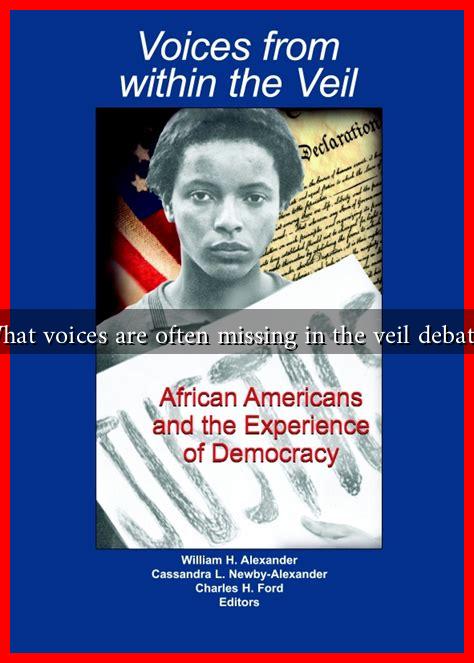-
Table of Contents
What Voices Are Often Missing in the Veil Debate?
The debate surrounding the wearing of veils, particularly in the context of Muslim women, has been a contentious issue in many Western societies. While the discussion often centers around themes of freedom, oppression, and cultural identity, certain voices and perspectives are frequently overlooked. This article aims to highlight these missing voices and provide a more nuanced understanding of the veil debate.
The Dominance of Western Perspectives
One of the most significant gaps in the veil debate is the predominance of Western viewpoints. Many discussions are framed through a Western lens, often portraying the veil as a symbol of oppression. This perspective can overshadow the voices of those who wear the veil and view it as a source of empowerment. For instance:
- Personal Agency: Many Muslim women choose to wear the veil as an expression of their faith and identity. Their voices often get lost in the narrative that frames them as victims.
- Intersectionality: The experiences of women from different cultural backgrounds are often homogenized, ignoring the unique challenges faced by women of color or those from immigrant backgrounds.
Voices of Muslim Women
Muslim women themselves are often sidelined in discussions about the veil. Their perspectives can provide valuable insights into the complexities of their choices. For example:
- Empowerment vs. Oppression: Many women articulate that wearing a veil can be an empowering choice, allowing them to assert their identity in a multicultural society.
- Varied Experiences: The reasons for wearing a veil can vary widely, from cultural traditions to personal beliefs, yet these nuances are often ignored in broader discussions.
Research conducted by the Pew Research Center indicates that a significant number of Muslim women in various countries express pride in their religious attire. This data challenges the narrative that all women who wear veils do so under duress or societal pressure.
Academic and Cultural Scholars
Another group whose voices are often missing in the veil debate is that of academic and cultural scholars who specialize in gender studies, anthropology, and religious studies. Their insights can help contextualize the veil within broader social and historical frameworks. For instance:
- Historical Context: Scholars can provide historical perspectives on the veil, illustrating how its meanings have evolved over time and across cultures.
- Global Perspectives: Academic voices can highlight how the veil is perceived differently in various countries, such as Turkey, Iran, and Indonesia, where cultural significance varies widely.
For example, in Turkey, the ban on headscarves in public institutions has sparked debates about secularism and religious freedom, showcasing how the veil can be a focal point for broader societal issues.
Men’s Perspectives
Men’s voices in the veil debate are often overlooked, yet they can provide important insights into the dynamics of gender and cultural expectations. For example:
- Supportive Roles: Many men support their female relatives’ choices regarding veiling, viewing it as a personal decision rather than a societal imposition.
- Challenging Stereotypes: Men can also challenge stereotypes about masculinity and control, advocating for women’s autonomy in their choices.
In some communities, men actively participate in discussions about gender roles and the implications of veiling, emphasizing the need for a more inclusive dialogue.
Conclusion: A Call for Inclusivity
The veil debate is multifaceted and cannot be fully understood without considering the diverse voices that are often missing from the conversation. By including the perspectives of Muslim women, academic scholars, and men, we can foster a more inclusive dialogue that respects individual choices and cultural contexts. As societies continue to grapple with issues of identity, freedom, and expression, it is crucial to ensure that all voices are heard and valued.
In summary, the veil debate is not merely about the fabric itself but about the complex interplay of identity, culture, and personal agency. By broadening the conversation to include those often left out, we can work towards a more nuanced understanding that respects the diversity of experiences and beliefs surrounding the veil.
For further reading on this topic, you can explore resources from the Pew Research Center and various academic journals focusing on gender studies and cultural anthropology.

